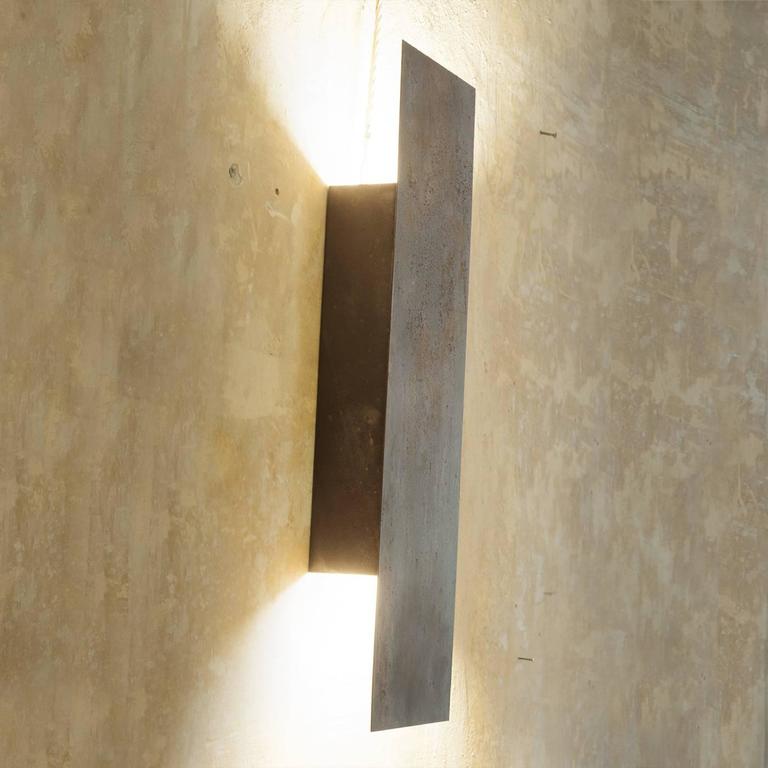
Place something sqare against it and mark with a sharpe. Anyways, I am old school so for you, I would put a HSS blank in the fly holder, and lower the quill to the work (anything) sometimes it works some times it refuses. is way harder to make or load in this thing - it take hrs. Hi Mikey, Its a plain sob for me to explain things without a pics. I have started using these recently, and I really wish I had started earlier they really just hog out material like nothing else. I don't really understand your statement about removing 35% of the material from a face, are you cutting a step? In any case, you will probably get better material removal from a roughing endmill. Ideally you want to set your fly cutter so that it covers the whole surface in a single pass. I guess I'll see if it is an improvement at all. This was with a HSS bit, so I had to turn it pretty slow after that I broke down and ordered a Tormach "Superfly", which should be here tomorrow. I was getting pretty decent finish considering it was A36 steel. I had the diameter set to about 3", and was taking about 0.025". I was using my fly cutter to square up some steel blocks (2x4x4.5).

They are also really great at throwing material further than any other cutting method ever conceived. The main benefit is a really fantastic surface finish. Fly cutters are not known for taking huge cuts, mainly they take really wide, shallow cuts. Make sure there is a decent radius, and give it a once over with an india or arkansas stone. I used to try to get a fancy grind on my fly cutter bits, but now I just use a left hand turning grind like TomS suggested. Hope this is helpful information and your job is a success. Wish I had a picture of my tool bit to show you but I'm out of town and can't take a photo. Again I'm assuming your fly cutter tool bit slot is at an incline from the horizontal. I grind my fly cutter tool bits just like a lathe turning tool for machining a shaft from left to right up to a square shoulder. I'm assuming your fly cutter is at least 2" in diameter and has a slot for at least a 5/16" HSS tool bit. Now to answer your question about grinding a tool bit. This would be much faster and easier on your mill. I would approach this by removing most of the material with a roughing end mill then finish with your fly cutter. Again, that's my opinion without knowing what type of mill you have and the condition it's in. 050" depth of cut by 2-1/2" wide is a lot to ask of a fly cutter. Depending on the rigidity of your milling machine I would say a. IMO machining 7/8" of material from two sides of a 2-1/2" square piece of aluminum using a fly cutter is a lot of machining. Thank you in for taking the time to read and post your explanations I'm sure i'm not the only one who doesn't know, maybe it will help someone else as well. Rather than damage my work piece or wreck something else i thought i'd ask the gentry here.
Flycut rusty surface how to#
I'm proficient at grinding HSS blanks for the lathe, but i'll admit i have no idea how to do it for the mill. Secondary to that i would like to learn how to grind the tool correctly for flycutting. I have not used a fly cutter ever, and i want to remove more material per pass. I considered using a large endmill and just goin' at it, but i have a set of fly cutters that accept square bits The material is 2 1/2" Square and i need to remove approximately 35% total material from 2 faces.

I'm in the process of reproducing one of the Achilles' heels out of 6061 Aluminum Bar from material i'm going to re-purpose.

#2 Use of Derlin parts where metals should be used. #1 Cost, it's very expensive in it's market and is an industrial quality piece of equipment. I've had a problem for years on a particular brand of saw that is very well made but has 2 Achilles' heels

I try very hard to get materials that are factory quality or (in my sole estimation) better than OEM materials. Mainly, one off reproductions for replacement of factory components, either no longer available or way to costly to consider having some one else make them. None of my experience is in a production setting. I have always used end mills of varying dimensions. When removing material from stock on a mill, i have never used a fly cutter.


 0 kommentar(er)
0 kommentar(er)
